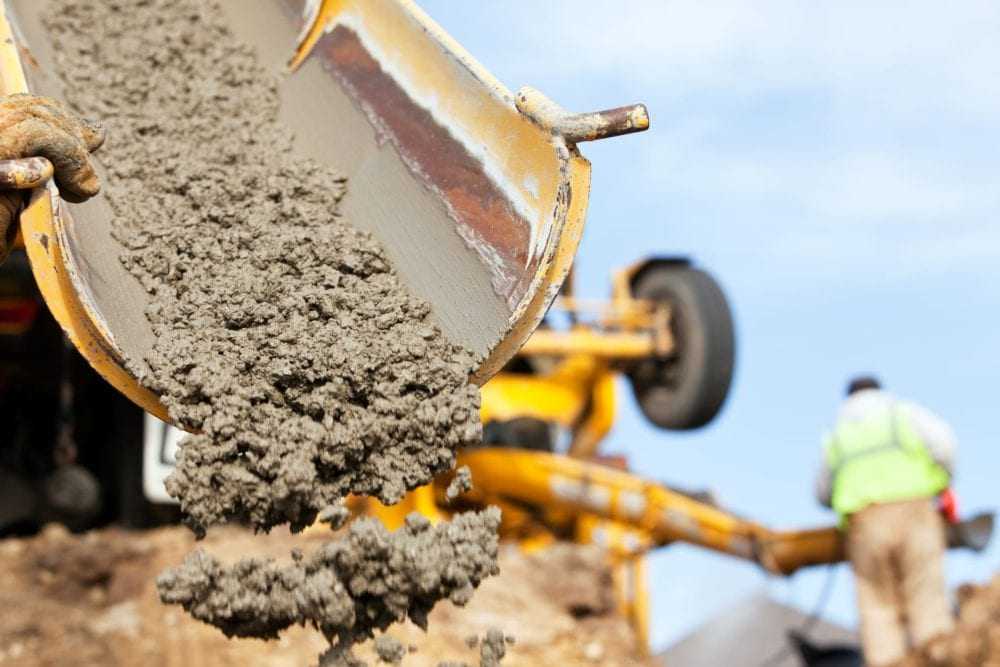
The Dirty Business of Cement Gets a Clean Up from MIT
Is it possible to change how the most ubiquitous building material on earth is made — one so dirty that it accounts for nearly a tenth of greenhouse gases, yet so cheap to produce that it costs less per kilogram than bottled water? Researchers at MIT think so. They describe in the journal PNAS a […]



















